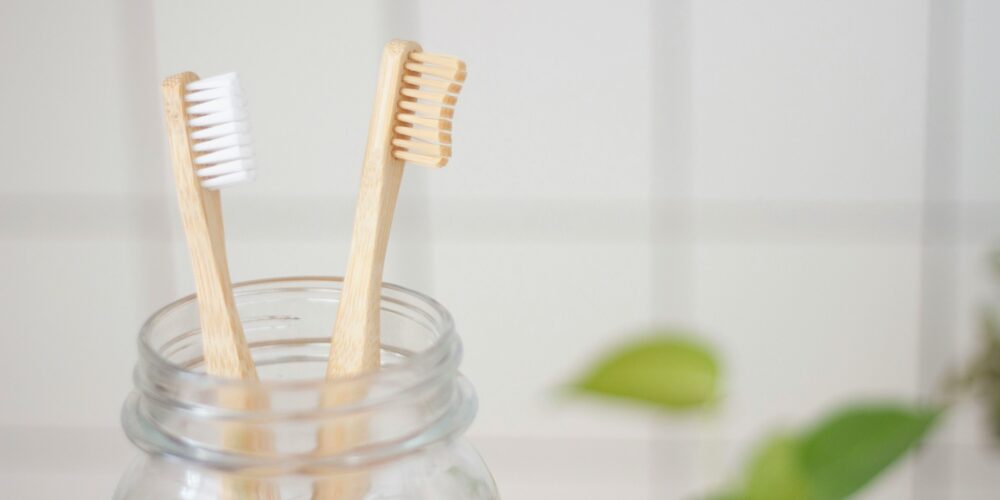
At our London dental practice, one of the most common questions we’re asked is:
“Should I be using an electric toothbrush or a manual one?”
It’s a great question—and the answer depends on your individual needs. Both types of toothbrushes can be effective, but there are key differences worth understanding between electric vs manual toothbrushes so you can make the best choice for your oral health.
Here’s what you need to know.
1. Cleaning Effectiveness
Electric Toothbrushes:
Electric toothbrushes are designed to provide a deeper, more consistent clean. The brush heads vibrate or rotate at high speeds, allowing them to remove more plaque in less time (especially in hard-to-reach areas). Clinical studies have shown that electric toothbrushes, particularly oscillating-rotating models, are more effective at reducing plaque and gum disease over time vs manual ones.
Manual Toothbrushes:
With proper technique and regular use, a manual toothbrush can also do a great job. However, it requires more effort and attention to brushing thoroughly for two minutes.
✅ Our recommendation: If you struggle with technique or tend to rush your brushing, an electric toothbrush may be the better choice and look for a brush with a 2 minute timer.
2. Ease of Use
Electric:
Electric toothbrushes are ideal for children, elderly patients, and those with limited mobility (such as arthritis sufferers). Many models include timers, pressure sensors, and reminders to switch sides—making it easier to brush effectively without overdoing it. There are also many child friendly brushes on the market, contributing to making brushing easier and more fun!
Manual:
Manual brushes are simple and lightweight, but they rely entirely on your brushing skill and consistency.
✅ Our recommendation: For ease and convenience, go with an electric brush over a manual one, especially if you want extra support in maintaining good habits, especially if you have been told you have gum recession or that you ‘brush too hard’, look for a model with a built in pressure sensor such as Oral B IO.
3. Cost Considerations
Electric:
The initial cost of an electric toothbrush is higher vs a manual one—ranging anywhere from £30 to over £200. You’ll also need to replace the brush heads every 3 months, which adds ongoing expense.
Manual:
Manual toothbrushes are significantly more affordable and easily available. They’re a great option if you’re looking for a budget-friendly solution.
✅ Our recommendation: If cost is a priority, a manual brush is the clear winner—but remember, the quality of brushing still matters most.
4. Motivation and Engagement
Electric:
Features like built-in timers, apps, and brushing reminders can help both adults and children stay consistent and motivated with their oral hygiene.
Manual:
Without any smart features, manual brushing requires more self-discipline.
✅ Our recommendation: Electric brushes are particularly helpful for children or anyone who finds it difficult to stick to a good brushing routine.
Electric vs Manual Final Thoughts from Our Dental Team:
At the end of the day, both electric and manual toothbrushes can be effective tools for maintaining excellent oral health, when used correctly. The most important factor is brushing twice a day for two minutes, using fluoride toothpaste, and replacing your brush (or brush head) every 3 months.
If you’re unsure which option is right for you, speak to one of our dentists or dental hygienists during your next visit—we’re here to help guide you based on your specific needs, habits, and lifestyle.
Dr Eleni Kavouridi recommends the Oral B round head electric toothbrush.
Need personalised dental advice?
Book an appointment with our team at The Kensington Dentist in London today.
We’re always happy to help you smile with confidence.
